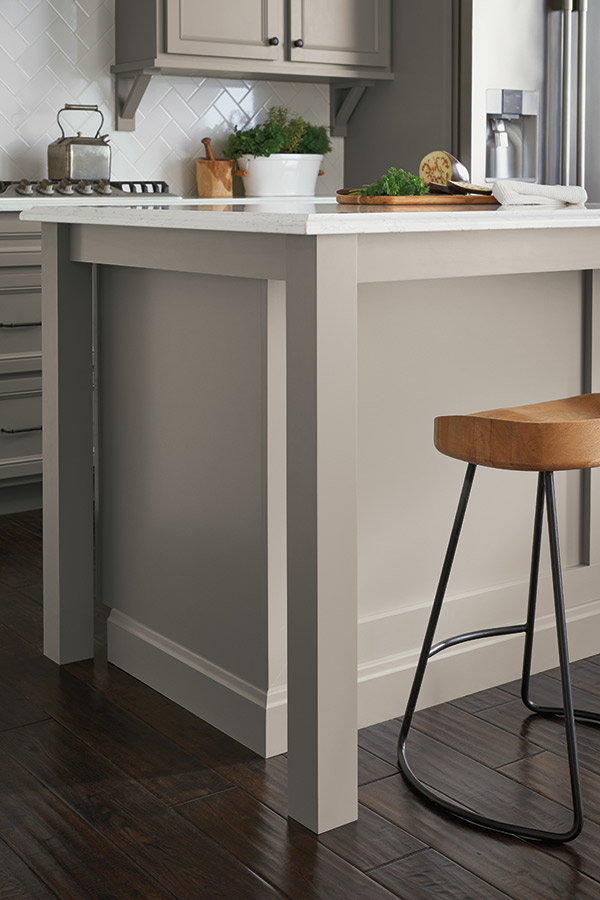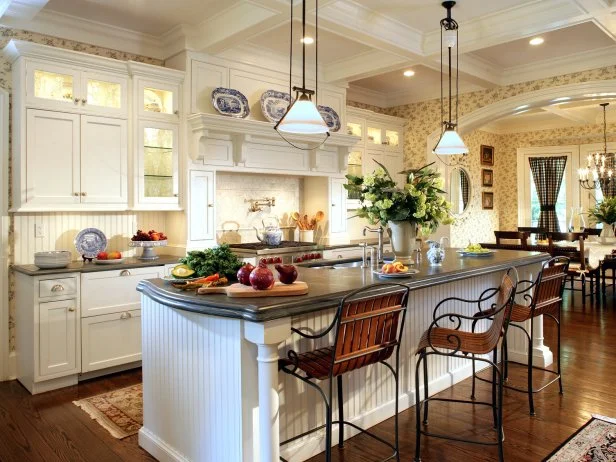Boost Performance and Design Using High Quality Legs For Kitchen Island
Boost Performance and Design Using High Quality Legs For Kitchen Island
Blog Article
Vital Factors to Take Into Consideration When Picking Legs For Cooking Area Island
Selecting the ideal legs for a kitchen island entails a careful evaluation of numerous elements that can dramatically influence both performance and visual appeal. As we discover these elements, it ends up being clear that each choice can have far-reaching ramifications for the total kitchen experience.
Material Options
When choosing legs for a kitchen island, comprehending the numerous material options is necessary for achieving both aesthetic charm and architectural honesty (Legs For Kitchen Island). The choice of material substantially affects not only the resilience of the island however additionally its total design and performance
Steel legs, usually made from stainless steel or functioned iron, add a contemporary and commercial feel while ensuring resilience and stability. These products are resistant to use and can support substantial weight, making them optimal for larger islands.
Another option is crafted products, like MDF or plywood, which can be a lot more economical while still providing a variety of finishes. They might not offer the same degree of stability as solid timber or metal. Legs For Kitchen Island. Products such as acrylic or glass can produce a contemporary appearance, though they may call for extra support to make sure stability.
Inevitably, the choice of material for cooking area island legs ought to straighten with the preferred functionality and the total theme of the cooking area.
Design And Style

When considering design, the form and coating of the legs are critical. Tapered legs can provide a sense of agility and style, while thicker, more durable legs can share toughness and security. Furthermore, the surface-- be it painted, stained, or natural-- should enhance the kitchen cabinetry and kitchen counter products to produce a unified look.
Moreover, the style of the legs can also show personal taste. Custom-made or decorative legs, such as those including complex makings or unique geometric shapes, can serve as prime focus, including personality and character to the kitchen area. Ultimately, the appropriate selection will not only boost performance but additionally boost the aesthetic appeal, making the cooking area island a standout function of the home.
Height Factors To Consider
Picking the suitable elevation for kitchen island legs is vital, as it straight affects both capability and comfort. The conventional elevation for a kitchen island normally varies from 36 to 42 inches, aligning with typical kitchen counter heights.

It is additionally necessary to represent users' elevations and preferences. Customizing the elevation can guarantee a comfy experience for all relative, making the kitchen area island a much more pleasurable and useful room.
Weight Support
Making certain appropriate weight support for kitchen area island legs is vital for both safety and security and functionality. The cooking area island typically offers several objectives, including cooking, dining, and added storage, demanding a robust support framework. When selecting legs, it is critical to consider the overall weight ability needed based upon the island's intended use and the products that will certainly be placed on it.
The option of product for the legs plays a considerable function in their weight-bearing capabilities. Solid timber, steel, and heavy-duty composites normally give exceptional toughness contrasted to lighter materials. Furthermore, the style of the legs-- whether they are right, tapered, or have a pedestal form-- can influence their capability to disperse weight properly across the structure.
Constantly seek advice from the maker's requirements relating to tons limitations to guarantee that the legs can sustain the intended weight without compromising safety and security. In recap, choosing kitchen area island legs with sufficient weight support is essential for developing a secure and useful cooking room.
Setup and Maintenance
Appropriate installation and upkeep of kitchen island legs are essential for guaranteeing long life and stability. This usually this contact form includes safeguarding the legs to the island base utilizing ideal fasteners, making certain that the legs are level and straightened.
Once set up, normal maintenance is necessary to protect the integrity and appearance of the legs - Legs For Kitchen Island. For wood legs, periodic cleaning with a wet cloth and application of appropriate wood gloss can prevent wetness damages and preserve their surface. Steel legs may need a gentle cleaning solution to remove oil and crud, followed by a completely dry fabric to prevent rust formation
In addition, inspect the legs on a regular basis for indicators of wear or damages, such as cracks or loose joints. Tightening screws or bolts as needed can also prolong the lifespan of the legs. By adhering to these installation and maintenance practices, property owners can guarantee that their kitchen area island stays durable and visually appealing for many years to find.
Final Thought

Visual comprehensibility is paramount in choosing the style and style of legs for a cooking area island, as these components greatly influence the overall atmosphere of the area. Conical legs can supply a feeling of agility and style, while thicker, more robust legs can This Site convey strength and stability.Choosing the suitable height for kitchen island legs is important, as it directly affects both performance and comfort. In summary, selecting kitchen island legs with sufficient weight support is important for creating a safe and functional cooking area.
In final thought, choosing legs for a kitchen area island necessitates careful consideration of numerous variables, consisting of material options, design, elevation, weight assistance, and setup.
Report this page